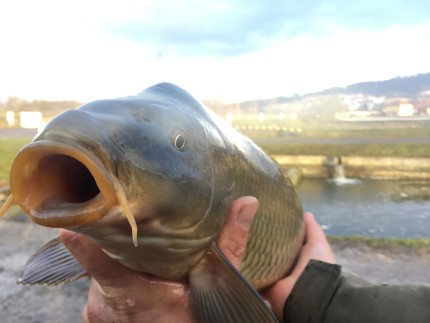FISHING

Fish farming and fishing are concepts which have been firmly associated with the South Bohemian Region for several centuries. In the 11th century, smaller streams were dammed and the ponds were built in the geographically convenient locations as constructions of monastic orders (e. g one of the oldest ponds of South Bohemia is the pond Žár near Nové Hrady dating back to 1244). The ponds served as store of food that was meant for consumption during fasting time. The boom has started at the end of the 15th century and lasted until the end of the 16th century when the individual ponds, as well as the systems connected by sewers and canals came into being. Nowadays, there are almost 500 ponds in Třeboň region and many of them are connected by the well-known Golden Canal feed channel. The largest pond of this area as well as in Central Europe is Rožmberk with 489 ha and the dam is 2430 m long. Human activity thus created a unique landscape, which has been declared a biosphere reserve. Fishing craft has its rules, customs, traditions, terminology and professional hierarchy. The indisputable culmination of their year-long work is autumn fishing out of ponds using the traditional procedures with the minimum extent of mechanization. The most important events includes fishing out of ponds Rožmberk and Svět/World which is connected with cultural activities such as playing French horns or selling fresh fish in stand. A large amount of songs, traditions concerning fish farming and fishing as well as fish culinary specialities are inseparably connected with the usual life in the region of South Bohemia.
